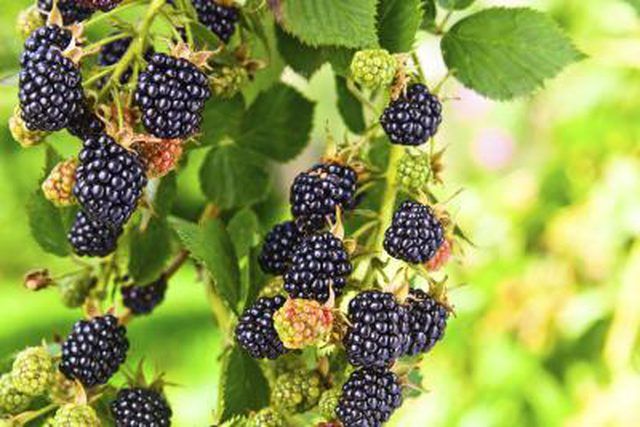Bulbs
Flower Basics
Flower Beds & Specialty Gardens
Flower Garden
Garden Furniture
Garden Gnomes
Garden Seeds
Garden Sheds
Garden Statues
Garden Tools & Supplies
Gardening Basics
Green & Organic
Groundcovers & Vines
Growing Annuals
Growing Basil
Growing Beans
Growing Berries
Growing Blueberries
Growing Cactus
Growing Corn
Growing Cotton
Growing Edibles
Growing Flowers
Growing Garlic
Growing Grapes
Growing Grass
Growing Herbs
Growing Jasmine
Growing Mint
Growing Mushrooms
Orchids
Growing Peanuts
Growing Perennials
Growing Plants
Growing Rosemary
Growing Roses
Growing Strawberries
Growing Sunflowers
Growing Thyme
Growing Tomatoes
Growing Tulips
Growing Vegetables
Herb Basics
Herb Garden
Indoor Growing
Landscaping Basics
Landscaping Patios
Landscaping Plants
Landscaping Shrubs
Landscaping Trees
Landscaping Walks & Pathways
Lawn Basics
Lawn Maintenance
Lawn Mowers
Lawn Ornaments
Lawn Planting
Lawn Tools
Outdoor Growing
Overall Landscape Planning
Pests, Weeds & Problems
Plant Basics
Rock Garden
Rose Garden
Shrubs
Soil
Specialty Gardens
Trees
Vegetable Garden
Yard Maintenance
How to Fertilize Blackberries
How to Fertilize Blackberries. For healthy growth and prolific fruiting blackberries (Rubus spp.) require repeated fertilizer applications through the growing season. Hardy in U.S. Department of Agriculture plant hardiness zones 6 through 8, blackberries grow in clumps of canes and the quality of their fruit is directly related to the health of the...

For healthy growth and prolific fruiting blackberries (Rubus spp.) require repeated fertilizer applications through the growing season. Hardy in U.S. Department of Agriculture plant hardiness zones 6 through 8, blackberries grow in clumps of canes and the quality of their fruit is directly related to the health of the canes. Full sun and sandy soil or loam at least 1 foot deep provides the best growing conditions for blackberries.
Three Applications Necessary
Nitrogen is the most important plant nutrient for blackberries, but excessive levels can cause problems. Blackberries that receive too much nitrogen produce soft, sappy growth that's vulnerable to pest attack, so three small applications are made annually.
First Feeds
Newly planted blackberries require 1/2 to 1 ounce of nitrogen per plant in their first year, depending on soil fertility levels. Clay soil and loam are usually more fertile than sandy or rocky soil. Healthy green, strongly growing blackberry canes indicate good fertility levels. Apply 1 to 2 ounces per plant of a 16-16-16 fertilizer two weeks after planting, apply the same amount one month later and repeat the application one month later again. Sprinkle the fertilizer evenly around the young plants, avoiding their stems, and then irrigate. Blackberries benefit from an organic mulch to improve water retention and suppress weeds, but mulches can use up nitrogen as they break down, so apply the upper limit of recommended nitrogen ranges to plants surrounded by mulch.
Ongoing Needs
Annual fertilizer applications to established blackberries maintain strong growth. Established plants require 1 to 1 1/2 ounces of nitrogen per year. Apply 2 to 3 ounces of a 16-16-16 fertilizer per plant when new canes appear in spring. Spread the fertilizer over the soil surface in the row and irrigate. Apply the same amount in late spring and again after harvest to promote prolifically fruiting canes the following year. A 2- to 3-inch layer of well-rotted manure also supplies nitrogen to blackberries, and the fertilizer amount can be reduced by one-half. Apply manure in late fall or early winter, but not early fall, because this can promote a late growth spurt that's vulnerable to harsh winter conditions.
Deficiency Corrections
Chelated iron fertilizer applications correct the most common nutrient deficiency in blackberries. In soils with a pH higher than 8.0 blackberries can develop yellow leaves with green leaf veins, which are symptom of iron deficiency. An annual application of chelated iron corrects the problem. Apply a 5.4 percent chelated iron and 12.8 percent soluble manganese product at a rate of 1/2 to 1 pound per 100 feet in a row. Sprinkle the product evenly over the soil surface in early spring and irrigate thoroughly, or apply the product according to the manufacturer's instructions.